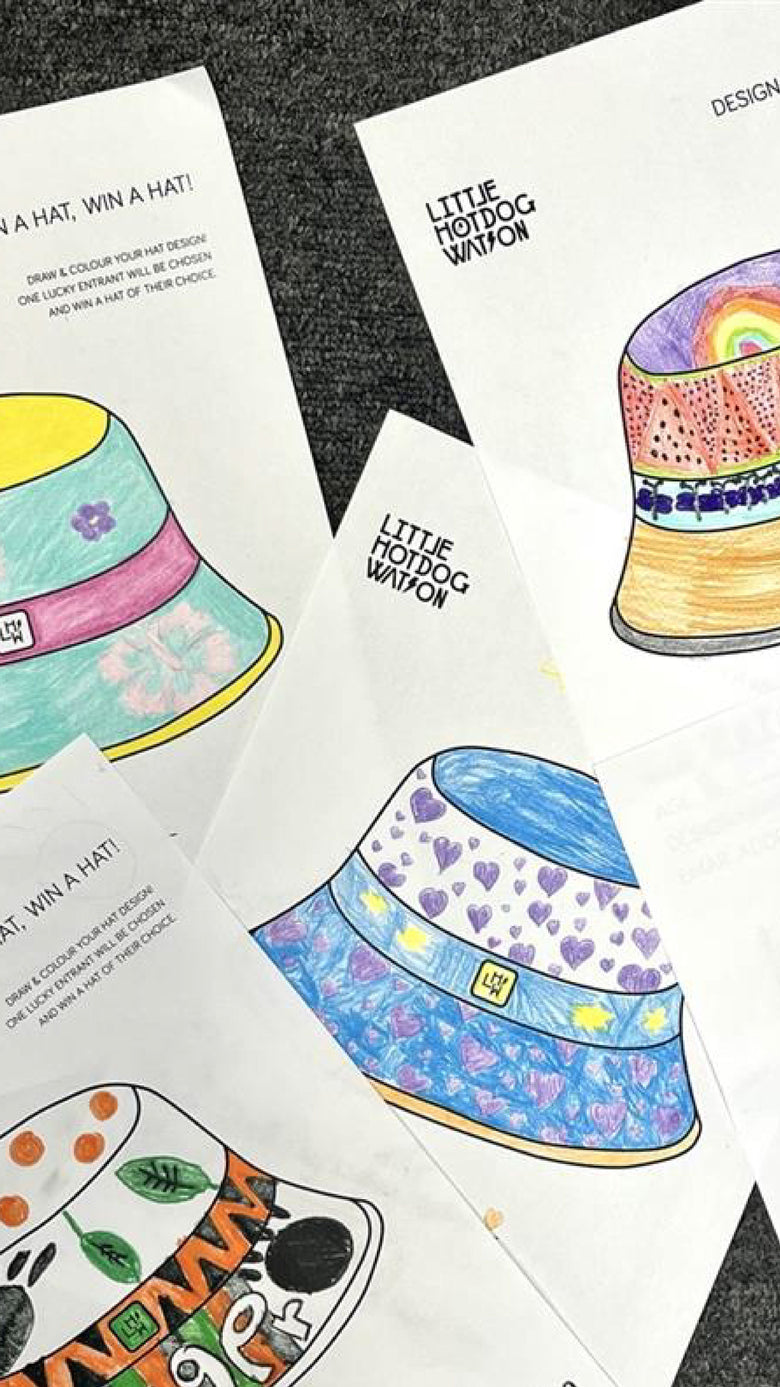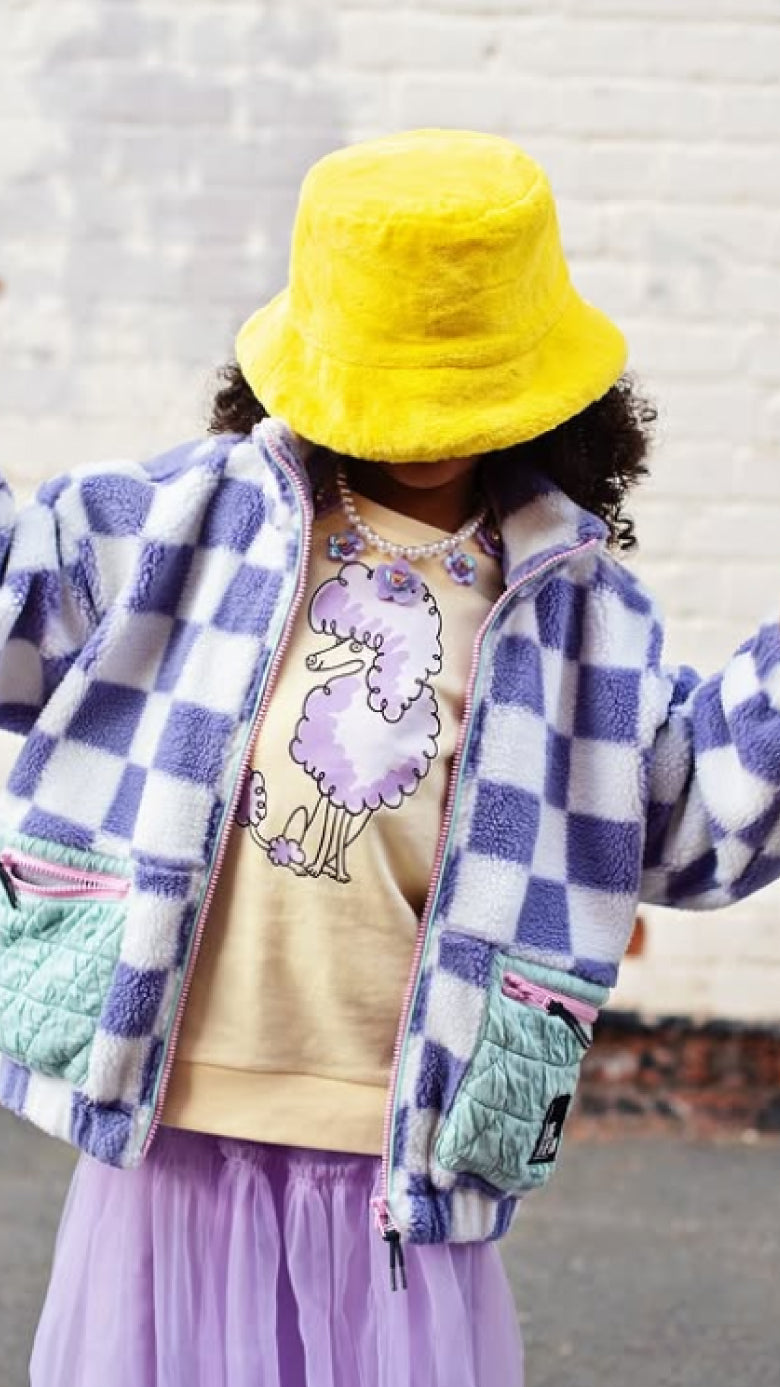Free UK Shipping
Top Tips to Help Kids with Back to School Nerves

The start of school can be an exciting but also daunting time for many children (and even some adults!), and worry is something that all children deal with at one time or another. Most children, with a bit of time and patience, settle in to their new routines and thrive in their new environment.
Big changes in routine, fear of the unknown and separation can all attribute to worry or anxiety surrounding the beginning of term.
Here are some of our favourite self care tips that can help the back to school nerves settle a little, and help little ones get into a good routine!
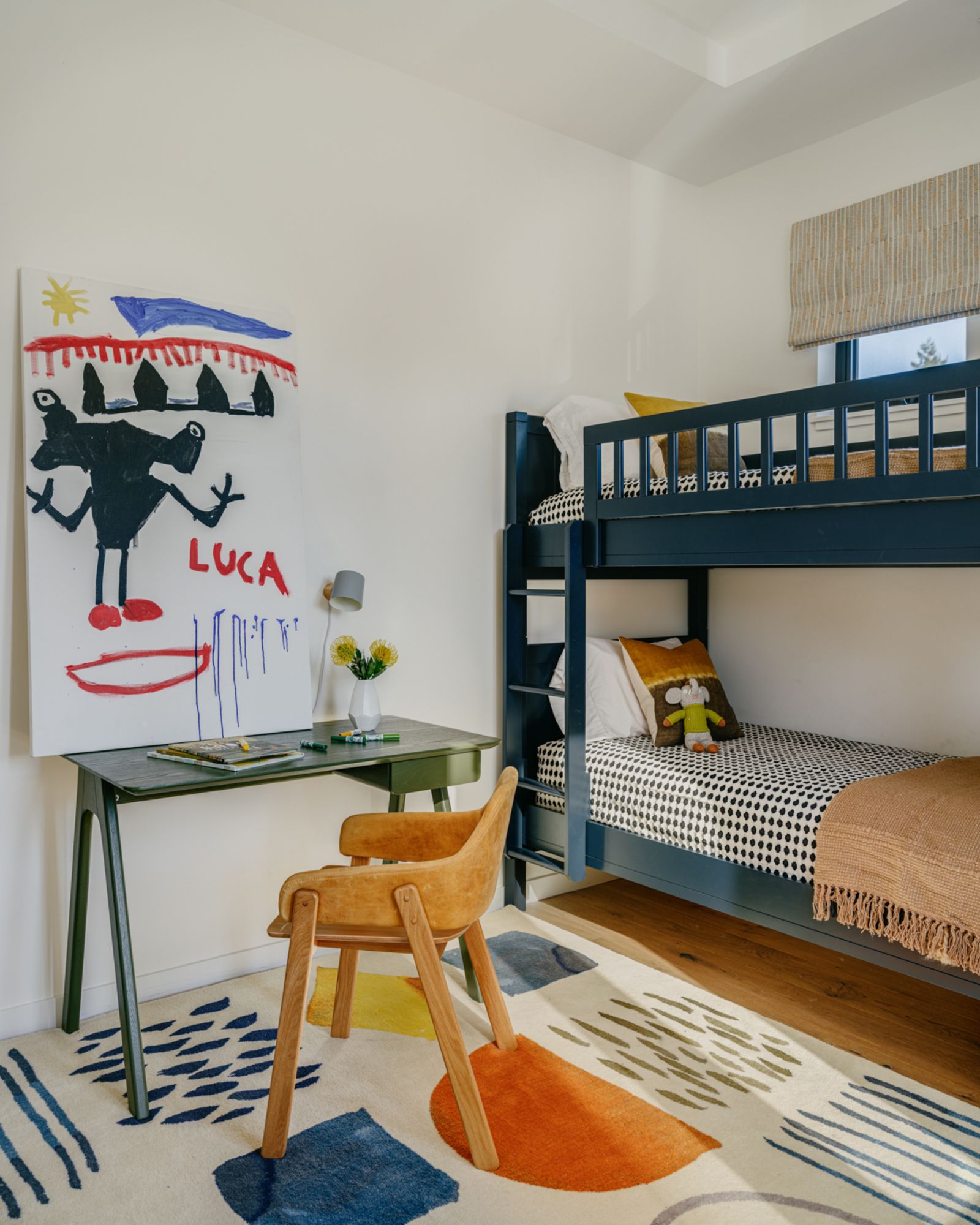
Image via LivingEtc.Com / Kendra Nash
Sleep & Bedtime
Getting a good nights sleep is one of the best ways to ensure little ones are full of energy and ready to tackle a day of school. If you’ve been having more relaxed bedtimes over the summer, in the week or so leading up to the beginning of term you might consider starting to put in a more consistent routine, so the early night before the first day isn’t such a drastic change.
Using an alarm clock like the LittleHippo MELLA can be a great way to get kids involved in their bedtimes: using specialised clocks like these include functions such as a green light indicating it’s time to get up, and meditative white noise.
Speaking of meditation: not only useful after a particularly difficult yoga session, using meditative techniques can be great for children as well. If dropping off to sleep in the evening is difficult for them due to nerves, then meditations for kids on YouTube can be found to help them calm down and drift off to sleep. You can also use an app such as Calm, which has a range of sleep stories designed to help little ones rest and recharge for a great nights sleep.
Routines
Much like sleep, consistency and routines can be vital in helping children who are struggling with worry, and can help them better understand what’s expected of them. In our back to school essentials blog, we mentioned the routine daily planner with pictures to help little ones understand what their daily school routine looks like. Talking through the day and discussing what’s happening and where, and using pictures to help them visualise, can ease worries about the unknown.
If you have time and are able to do so, practicing and rehearsing things such as the walk to school can be a good way to put their mind at ease about unknown situations such as a new school.
Involving kids with decisions such as their lunchboxes, breakfasts and preferred hairstyle at the beginning of term can help with feelings of autonomy and feeling more grown up, which can help with worry.
We love child and family psychologist @Dr..Martha.Psychologist over on Instagram, who says “A routine is a sequence of events, not a schedule!”. Don’t focus on the timings of the routine, but keep the sequence consistent. Dr Martha also suggests a pick up and drop off ritual, perhaps a special hug or phrase to connect with little ones when they’re feeling nervous.
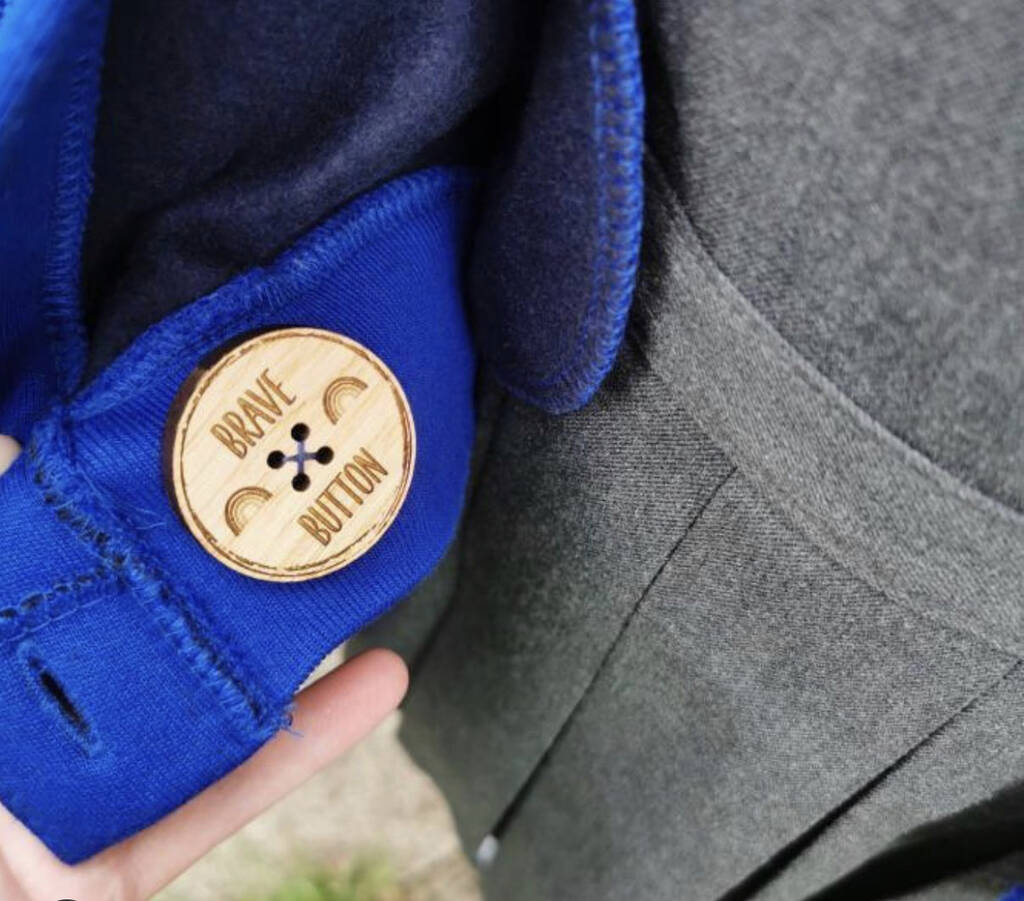
Brave Button via NotOnTheHighStreet
Another option is something like a brave button like this one from Not On The High Street, which can be attached to children's clothing to give them a visual reminder to be brave, or that you're thinking of them during the day. You could also draw a heart on yours and your child's hand before school, and they can press it when they feel nervous or would want a hug from you if you were there.
Grounding Techniques
Much like meditation, there are techniques for worry and anxiety that can be useful for children as well as adults. A common grounding technique used when experiencing anxiety can be to count five things you can see, and five things you can hear. On a walk to school, this kind of simple exercise can be a great way to take their mind off worry and enjoy the walk to school and their surroundings.
Communication & Reassurance
It may seem obvious, but discussing your child’s fears and concerns about going back to school is not only a good way of understanding what might be worrying them, but it also harnesses a relationship in which your child can discuss their fears and worries without fear of judgement.
Talking about worry as a natural part of life, you can try to assuage any concerns they might have about the teachers, the classes, or anything else that might be worrying them. It’s important not to immediately dismiss these concerns, even though it might seem reassuring to insist they have nothing to worry about. Maybe discuss times in which you were nervous, but were brave and eventually enjoyed whatever you’d been nervous about.
If you’re not sure how to broach the subject, using something like a book or a TV show is a great way of prompting a conversation on worry. The kids TV show Bluey has been praised for its ability to tackle difficult subjects: watching an episode that deals with the concept of bravery, like Season one Episode 26 The Beach, can start a discussion on bravery and feeling nervous.
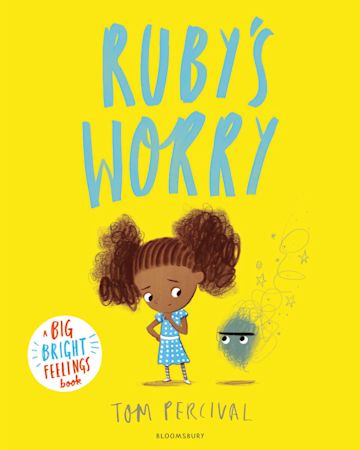
Ruby's Worry by Tom Percival via Bloomsbury
Books can also be a great way to help with nerves and start conversations: the book Ruby’s Worry is a great way to have a conversation around worries, and children can read it again and again to tackle whatever situation is making them nervous.
Tips for Grown Ups
Little ones starting school can be a worrying time for grown ups, too! On the kids first day, if you’re able to, schedule something nice for yourself to take your mind off how the little ones are doing.
On pick up, make sure to have some snacks as little ones might be hungry after a long day running around. And it is a long day! Their brains are working overtime, and especially when starting school for the first time their bodies won’t be used to a long day. It may take a few weeks for them to get used to this, so don’t be surprised if they’re more tired or irritable than usual.
On the journey home, don’t worry too much about them opening up about their day: just connect and be present with them, and maybe tell them about your day, and they’ll be sure to share about their day naturally.
Settling in takes time, and by being there and supporting them they’ll get there eventually!
After growing up in the North-west of England, Emma’s love of travel and style saw her career move to London with a fashion + business degree, first working as a trend researcher then menswear buyer for some of the most famous stores in the UK.
In 2015, having had her first baby she moved to Norwich to explore a family life closer to beaches and the countryside. Becoming a parent she found herself in a world of kidswear that didn’t look good or perform for the type of fresh air fun as a family so she set about creating her own brand. Little Hotdog Watson was born in 2016. The summer and winter hats for kids and adults, jam-packed with innovative protective technology have gone on to win awards, grace the pages of magazines, like Vogue, Grazia, Independent, Mother and Baby and celebrities alike.
Emma had another daughter in 2019 and became a lecturer in Fashion and Business at Norwich University of the Arts. She continues to design hats at her dining room table and share her passion to help families get outside more and explore the world. Here are some of her favourite outside blogs;
Email her anytime at; support@littlehotdogwatson.com or find her on Instagram.
Share
Recent articles
Let's talk Fur Bucket Hats 💛
Autumn is that magical time when the air turns crisp, the leaves crunch under little boots, and every walk feels like a new adventure. At Little Hotdog Watson, we know this season calls for warm layers and a splash of fun - and that’s exactly where our Fur Bucket Hats come in.
Celebrate National Colouring Day & Make a Hat Day with Little Hotdog Watson!
At Little Hotdog Watson, we love creativity, imagination, and of course, stylish hats! This September, we're combining two fun celebrations: National Colouring Day (September 14th) and Make a Hat Day (September 15th).
Top 5 hats for September adventures!
As September brings in the crisp air of autumn, it's the perfect time to gear up for outdoor adventures. Whether it's a sunny park day or a breezy countryside stroll, Little Hotdog Watson has a hat for every occasion.



